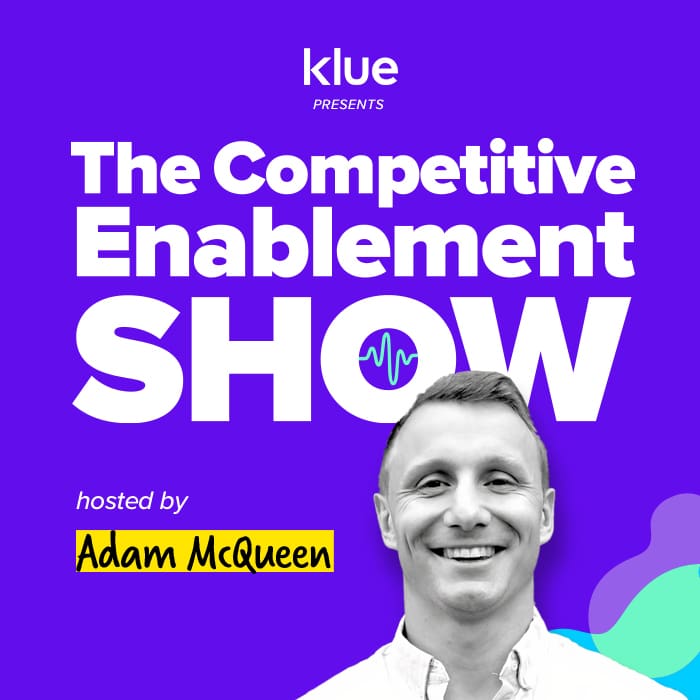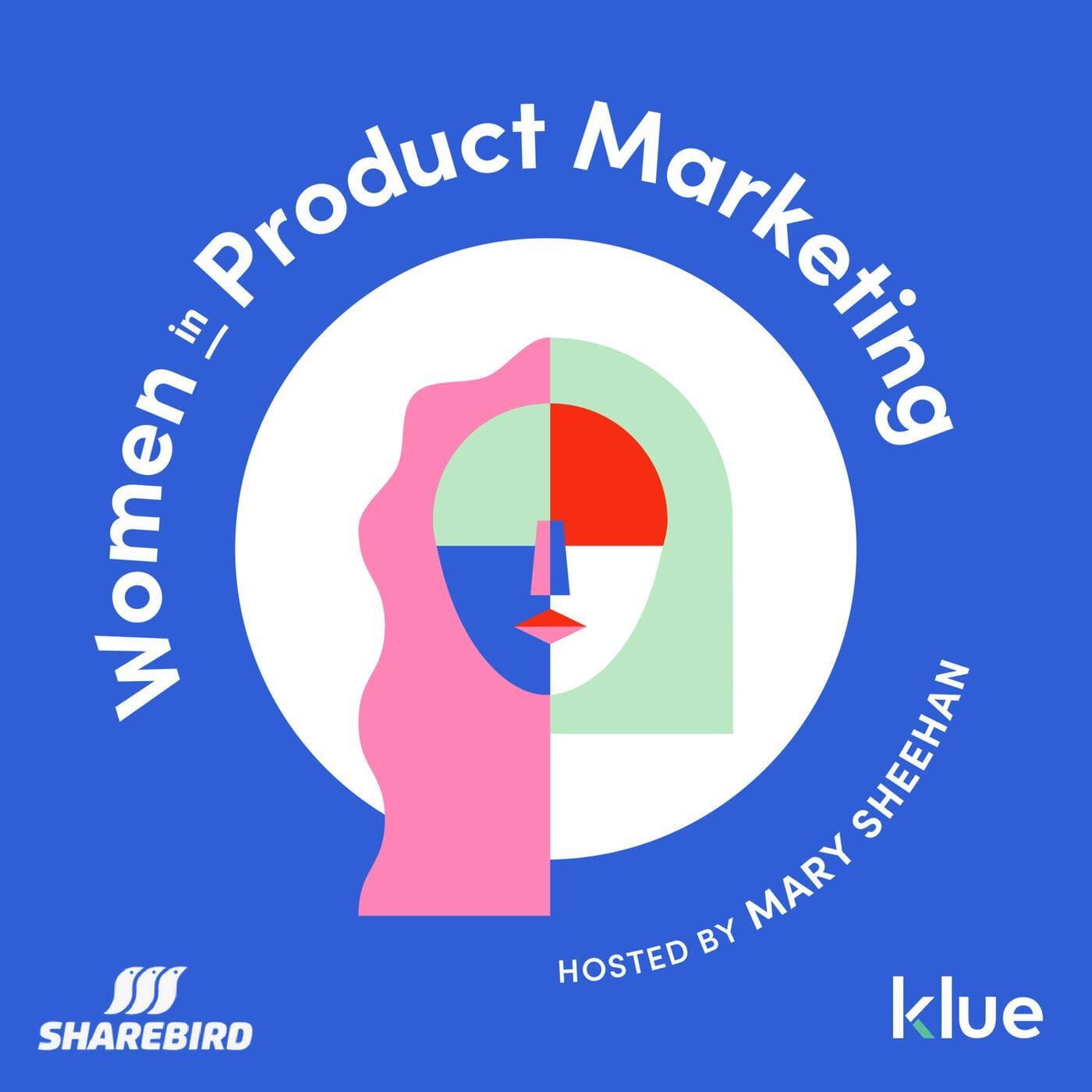5 Laws of Highly Effective Battlecards | David Washer, Klue
Director of Data Insights David Washer from Klue joins Adam for this month’s edition of Competitive Enablement LIVE.
The Sparknotes
3️⃣ Know. Say. Show. Three pillars of effective battlecard content
“What does a seller need to know…what do they need to say…and what’s your evidence?”
Building battlecards isn’t easy. How do you take a ton of information, synthesize it, boil it down and present it in a way that makes your end-users fall in love with them?
Well one way to start is by asking and answering these three questions:
What do my users need to know about the competition?
What do they need to say about the competition?
What evidence do they need to back everything up?


The ‘Know’ piece is all about the high-level background positioning info that differentiate you from the competition.
Whereas the ‘Say’ piece can be a mix of directional instructions (steer the conversation towards budget), and real talk tracks that have proven to be successful.
And when it comes to backing up your statements with facts and proof, link out to case studies, industry reports and customer reviews.
These three steps won’t make you a battlecard boss overnight.
But they are part of a foundational strategy to build better battlecards.


Breadcrumb your end-users through information and let them choose their own adventure
“It works for pretty much everybody and it allows people to get the simple stuff as well as get the depth they need..”
How do you build content for different users at different experience levels and different learning styles?
You let them choose their own adventure.
That’s where “breadcrumbing” comes in. It’s all about providing the high-level takeaway that any user would need to situate and position themselves.
For those who feel confident and needn’t go any deeper, that high-level can be enough.
But for those who need a bit more depth of knowledge, you should be linking to other cards and data points to help reinforce the story you’re telling.
“If we don’t make [information accessible, you’re not going to find it. And when you’re thinking about the breadcrumbs piece of it, you’re literally thinking about that same thing. Make it easy to find and make it easy to consume for whoever your reader might be.“
Just make sure you’re continually updating the content on your battlecards so those breadcrumbs don’t go stale and become croutons.
(Sorry/not sorry for that metaphor.)
Have a specific outcome in mind when validating your battlecards with a third party
“It really takes an effective strategy around why are we going to do this and what are we going to do with the information?”
This topic came up thanks to a question from audience member Angie Lecesse.
There’s no higher form of validity than that which comes from a third-party analyst or vendor.
(Assuming the third party is credible, of course)
When it comes to battlecard content, getting third-party validation is a strong move. But, as Dave Washer says, you need to be intentional with it.
“I’ve seen folks use third parties poorly and it tends to be that thing of like, we had some budget, so I’m going to throw it out there and let’s see what happens. But don’t have that buy-in of the stakeholders of what the insights are actually going to be.”
Just like insights you’re trying to derive from win-loss analysis, you need to have a goal in mind, some working hypotheses, and buy-in from your stakeholders.
If you don’t, that extra budget you’re spending will go to waste.


NEWSLETTER

Never miss a new release on the network.
(because your competitors sure aren’t.)
Be the first to know about the newest episodes dropping on the Compete Network, upcoming shows with creators, and community events you can’t afford to miss.
















